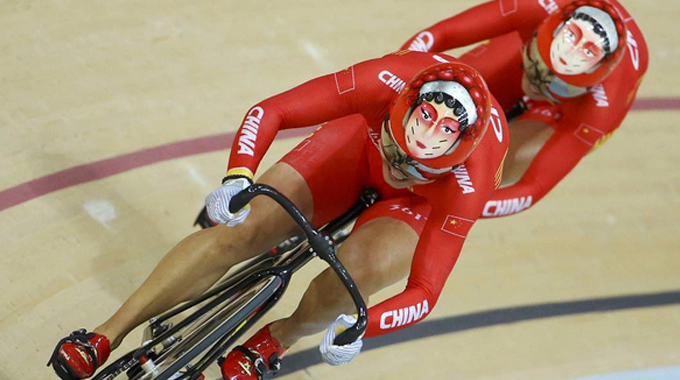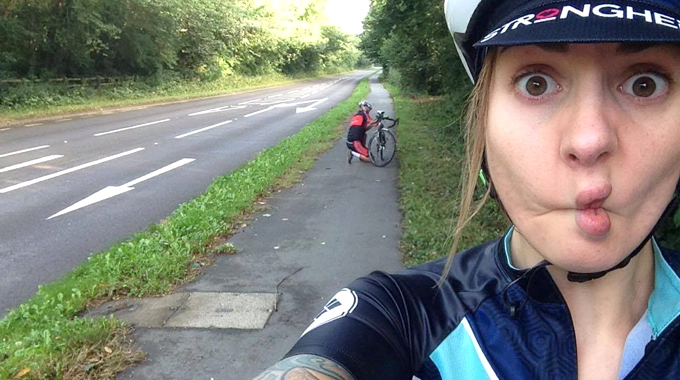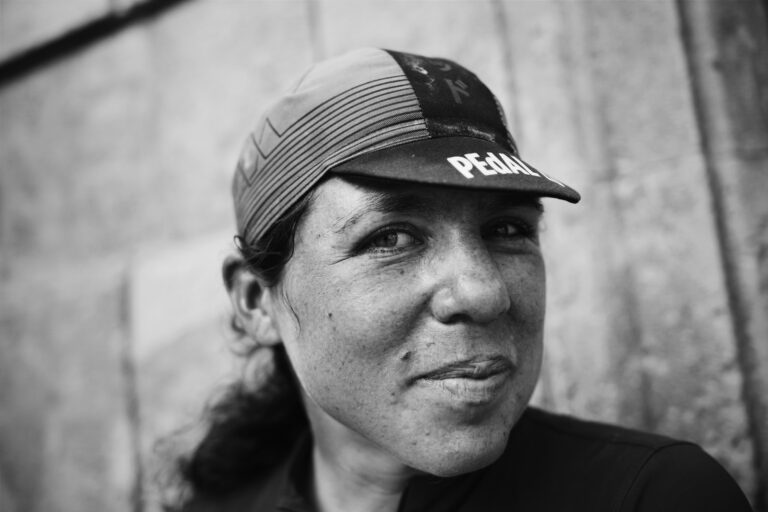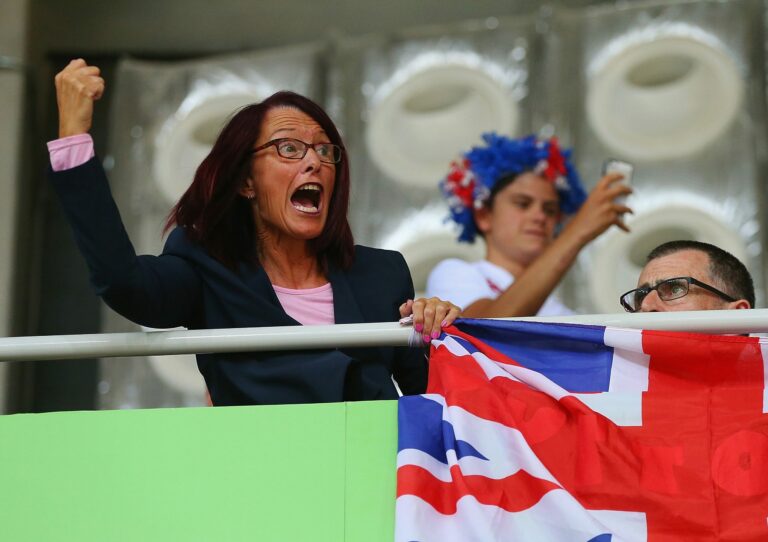RideLondon offers the exciting opportunity to cover 100 miles of closed roads through the city and in the Surrey countryside. The event takes place this weekend and we’ve worked with nutrition expert from OTE Sports Annie Simpson, in partnership with Ribble Cycles, to bring you a guide for fuelling your way through the day.
The 100 mile ride comprises of plenty of rolling Surrey roads, as well as some fairly tough climbs along the way. However, it also has some long flat sections where you’ll enjoy whizzing along closed roads with thousands of other riders.
Ride London 2016: What to See and Do
6 Things that Happen to Your Body over a 100 Mile Ride
Amongst all the excitement, it can be easy to forget to top up the fuel tanks. Until it’s too late and you feel the oncoming ‘bonk’. It’s best to avoid this situation by eating little and often.
Annie tells us: “Your body burns through fat and carbohydrates during exercise, but when the intensity rises (for example over a climb) it feeds on predominantly carbohydrates. Since you can only store a limited amount of carbohydrate energy, you need to keep nibbling as you ride to maintain good levels of energy.”
The day before the ride

You don’t need to eat too differently on day before the ride. However, it is recommended that you increase your carbohydrate intake slightly. Annie suggests you aim to make up 50 per cent of each plate with carbohydrates, whilst taking it easy in terms of bike riding to give your legs a chance to rest up.
Ask the Expert: Does Carb Loading Work for Women?
She adds: “The low activity and the high carbohydrate content of each meal will mean you will load your body’s carbohydrate stores without having to eat huge amounts. Think quality of food, not quantity.”
Hydration is important, too. Being dehydrated by just 2 per cent can affect your performance on the bike. Annie says: “Over the day before the event, consider your hydration status too. The best way to do this is to check your urine: aim for a light straw colour. Sip little and often on an electrolyte drink such as OTE Hydro Tabs during the days before.”









